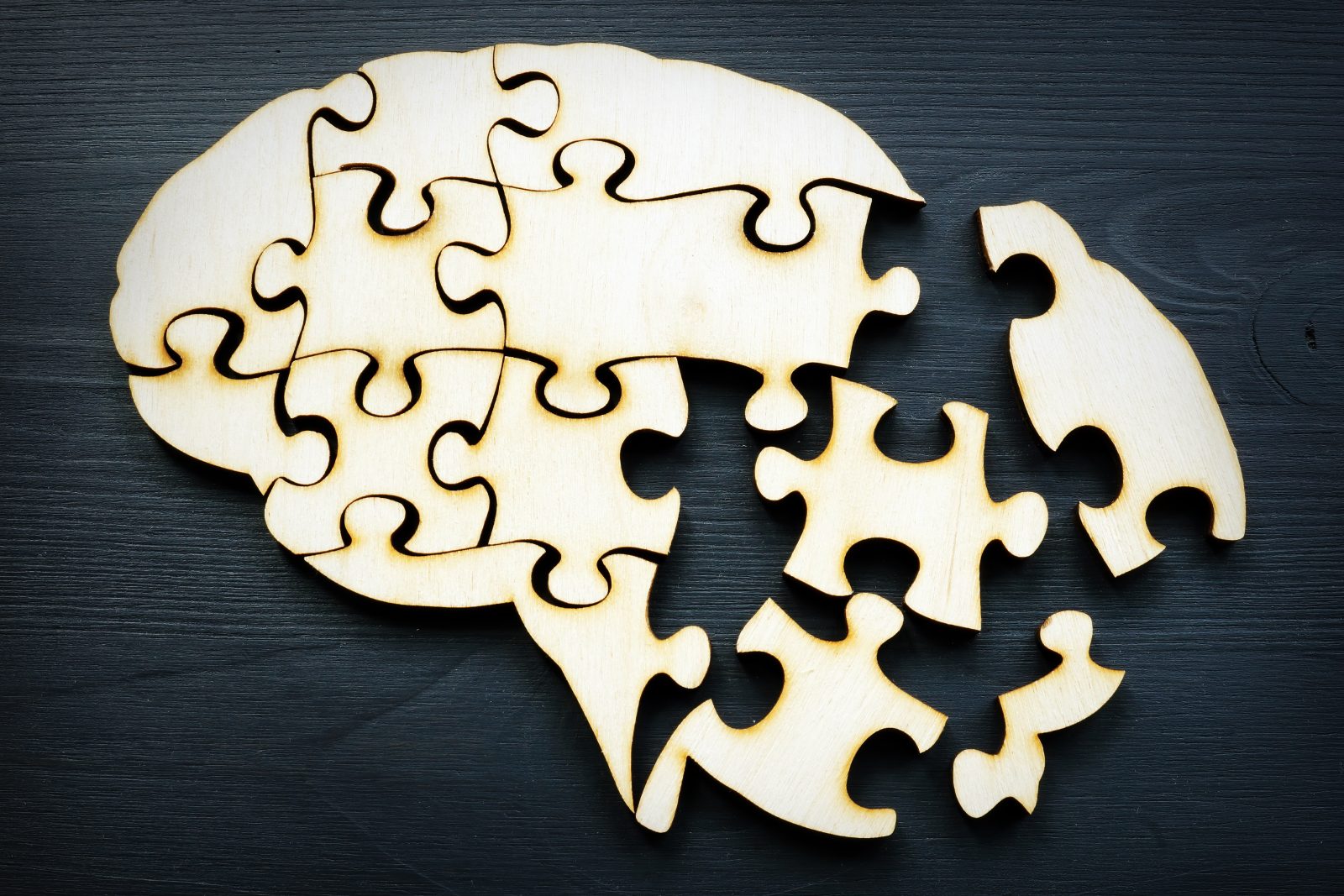Many people now have a lot of online meetings as part of the new normal. Right now, we need to stay connected. But looking at screens for a long time can still make us feel tired. Plus, it doesn’t give us the movement or touch we want.
This summer, I organized a virtual journaling workshop with young students at my Unitarian church. I talked to LeeAnn Williams, the education director, about how the students sometimes found it hard to stay interested. Her solution was simple and surprising.
“Let the students doodle for 2 minutes first. They enjoy it, and it helps them pay attention, even on Zoom,” Williams explained.
I used to think doodling was a small bad habit, like putting your feet on furniture. When I was younger, teachers would scold me for doodling on my papers. My own kids even had points taken off their grades for making sketches in the margins.
However, Williams teaches a calm doodling class for grown-ups. Her method got me thinking. So, I decided to talk to her and two other doodling experts. Yes, experts like this exist.
Tracey Trussell is a graphologist who studies doodles. Sunni Brown is a visual consultant, a best-selling author of the book “The Doodle Revolution,” and the founder of Deep Self Design. Based on interviews with them and scientific research, it’s clear that doodling isn’t a bad thing.
Actually, it’s a helpful activity for many people. And it might also help you manage the feeling of being overwhelmed by technology during the pandemic.
What Doodling Means
Traditionally, doodling meant “scribbling absentmindedly.”
However, Brown doesn’t agree with this common definition, and she also disagrees with the idea of “dawdling” or making marks that don’t have any meaning. According to Brown, doodling is about making unplanned marks with your mind and body to help yourself think. This perspective of doodling is what she shares in her books “The Doodle Revolution” and “GameStorming,” as well as her Ted talk.
Brown thinks that doodling is a useful but often overlooked way of learning.
“Everyone is encouraged to write and speak,” says Brown, “whether they want to be writers or not. So, why isn’t the same true for visual language?”
Brown uses “infodoodles” to explore, express, and teach new ideas.
While Williams, Trussell, and Brown have some differences in how they view doodling, they all agree on one main point: Doodling, making your own unique marks, holds significance.
Mindful Doodling Made Simple
Williams both does and helps others with what she calls “thoughtful, purposeful pen movements that guide you to a calm, thoughtful place.”
She calls this “meditative doodling.” And for some people, it’s even a spiritual practice. Usually, Williams asks the people in her workshops to put an image, person, or idea that they want to keep close in the middle of their page. Then, they make pen strokes like clouds, curls, or bubbles around that center.
“It’s a way to make a peaceful, quiet time and space without using words,” explains Williams. She also suggests that if you want to try mindful doodling on your own, you could give The Zentangle Method a shot.
Created by Rick Roberts and Maria Thomas, it’s a simple way to relax by drawing beautiful, structured patterns. People who like to doodle might find these pre-made patterns relaxing and helpful, especially if working or learning from a distance feels too disorganized.
And don’t forget, there are many other mindful doodling activities available online, too. Here’s one recommended by an art coach.
Doodling as Daydreaming: A Simple Explanation
Trussell’s view of doodling is a bit more traditional compared to Williams and Brown. She doesn’t see doodling as something done on purpose.
“It’s like daydreaming ahead of time,” she explained. “We often do it without really thinking, either when we’re busy with something else or when we’re not interested, and our thoughts are wandering.” However, Trussell believes that the part of doodling that comes from your subconscious can be helpful and meaningful.
“A real doodle is drawn in one smooth line, without lifting the pen from the paper,” Trussell described. “Usually, people draw shapes when they doodle, and these shapes have special meanings. These shapes can reflect how someone is feeling, their perspective on life, what they need, what drives them, and their reactions and attitudes.”
Research shows that doodling can actually boost creativity, spirituality, and problem-solving skills.
Benefits of Doodling Explained
Doodling isn’t just a way to pass the time in a boring meeting – it actually comes with a bunch of advantages.
Relaxation
Dealing with a pandemic can be really stressful. Even experts like the Centers for Disease Control and Prevention (CDC) agree. But here’s something interesting: both scientists and artists believe that doodling can help you relax. In a study from 2016, they found that 75 percent of the people who did art, whether they were artists or not, had less stress hormones after they were done. Even if the art was just scribbled, it still worked!
Mood Improvement
These days, we’re often indoors and away from our usual groups of friends. That can make us watch too much TV or spend too much time on our devices. It’s not easy to stop those habits, but there’s a simple thing that might help: doodling. In 2017, experts from Drexel University saw that when people colored, doodled, or drew freely, their brains felt good. It’s like a little reward in your brain.
Better Memory
Back in 2009, a study found that doodling can make you pay better attention. People who doodled while listening to a message were more focused than those who just listened. It’s like doodling keeps your brain awake during boring stuff. Even a case study in 2012 suggested that doodling while learning helps you remember things better.
Being Creative and Real
Doodling is a cool way for anyone to express themselves. It doesn’t matter where you come from or who you are. When you doodle, it’s like your brain, eyes, and hands have a secret talk. The way you doodle can show how you feel and what you’re thinking. The size, pressure, and place of the doodle all tell something about you. So, it’s not what you doodle that matters, it’s how you do it. This can be a nice way to show your personality, especially when we’re spending so much time online.
Solving Problems
One time, a company had trouble thinking of new ideas. Then they tried doodling, and guess what? They came up with five new inventions!
Doodling is special because it uses different parts of your brain and emotions. This makes learning and inventing better. And according to Brown, this way of learning can balance out all the time we spend on the internet.
Important Points to Consider About Doodling
Doodling Might Divert Your Attention
A study from 2017 found that doodling helps you remember things only if it’s not about drawing real things. It works best when it’s organized or follows a pattern, and if you’re also taking notes. If you need to understand visuals, like graphs and charts, random doodling can actually make it harder to remember the information.
Timing and Situation Matter
Mindful doodling isn’t something you can do while you’re fully involved in a meeting or class discussion, as Williams points out. Instead, it’s like a kind of meditation. It can be useful before or after the meeting or class to help you get ready or think back on what you’ve learned.
Using What’s Available to Your Advantage
When I let students doodle before our Zoom workshop, they got more focused and engaged. There’s a line from a song by The Police that fits here: “When the world is getting tough, we make the most out of what’s still here.”
During these challenging times of the pandemic, doodling can be one of those helpful things. It doesn’t matter if it’s simple scribbles on a paper napkin or carefully thought-out shapes – it can ground us when things feel uncertain.
















Find Us on Socials